Building owners who have had chronic problems with their commercial or industrial flat roofs may blame a lack of roof slope for their woes and not a poor installation or other issue that might be the true cause of their woes. This has contributed to flat roofs having a poor reputation.
But is it true? Is a flat roof inherently worse than a sloped roof ?
The short answer is no. A properly designed and installed flat roof should give the building owner many years of problem-free service.
Flat Roof Myths
There are a couple of myths surrounding flat roofs that have contributed to the widely held misconception that flat roofs are worse than their sloped alternatives.
Myth 1: Flat Roofs Leak All the Time
Reality: Properly designed and installed flat roofs should not leak at all.
The likelihood that a leak can develop over time, however, is greater on a flat roof than on a sloped roof. Flat roofs can have foot traffic, debris can accumulate on the roof and damage it, wind uplift is stronger on a flat roof, and there can be more ponding water. These things are far more likely to happen on a flat roof than on a sloped roof, and can therefore cause a leak more often. Flat roofs have more foot traffic predominately because HVAC and other mechanicals can be installed on the roof. But, this is a huge benefit for the building owner. The units can be installed where they are needed, and not in an inconvenient place on their property. So, a negative aspect (foot traffic leading to more callbacks) is overall a net gain (because of the ease of installation and maintenance of HVAC) for the building owner.
Myth 2: Flat Roofs Are Expensive
Reality: A properly designed and installed flat roof is actually the lowest-cost roof to own over the lifetime of a building.
That might sound unlikely given that I just said a building owner will probably experience more leak callbacks on a flat versus sloped roof. The reason a flat roof is less expensive over time is because building owners can never recoup the increased cost of installing a sloped roof. So while you may have more service calls on a flat roof, the cost of those calls will fall way short of the cost of building a sloped roof in the first place.
This is especially true for large commercial buildings because the cost to add slope over larger spans is astronomical. This is one of several reasons why flat roofs are so common on commercial and industrial buildings.
What is Best for You?
Do building owners have a realistic choice when it comes to deciding whether to build a flat or sloped roof? The answer is yes in the residential market and on smaller commercial buildings. Any building that is of a size where you can use a pre-built truss is a good candidate for a sloped roof. Once the footprint of the building gets large enough though, trying to slope the roof like you would on your house is impractical and calls for a flat roof.

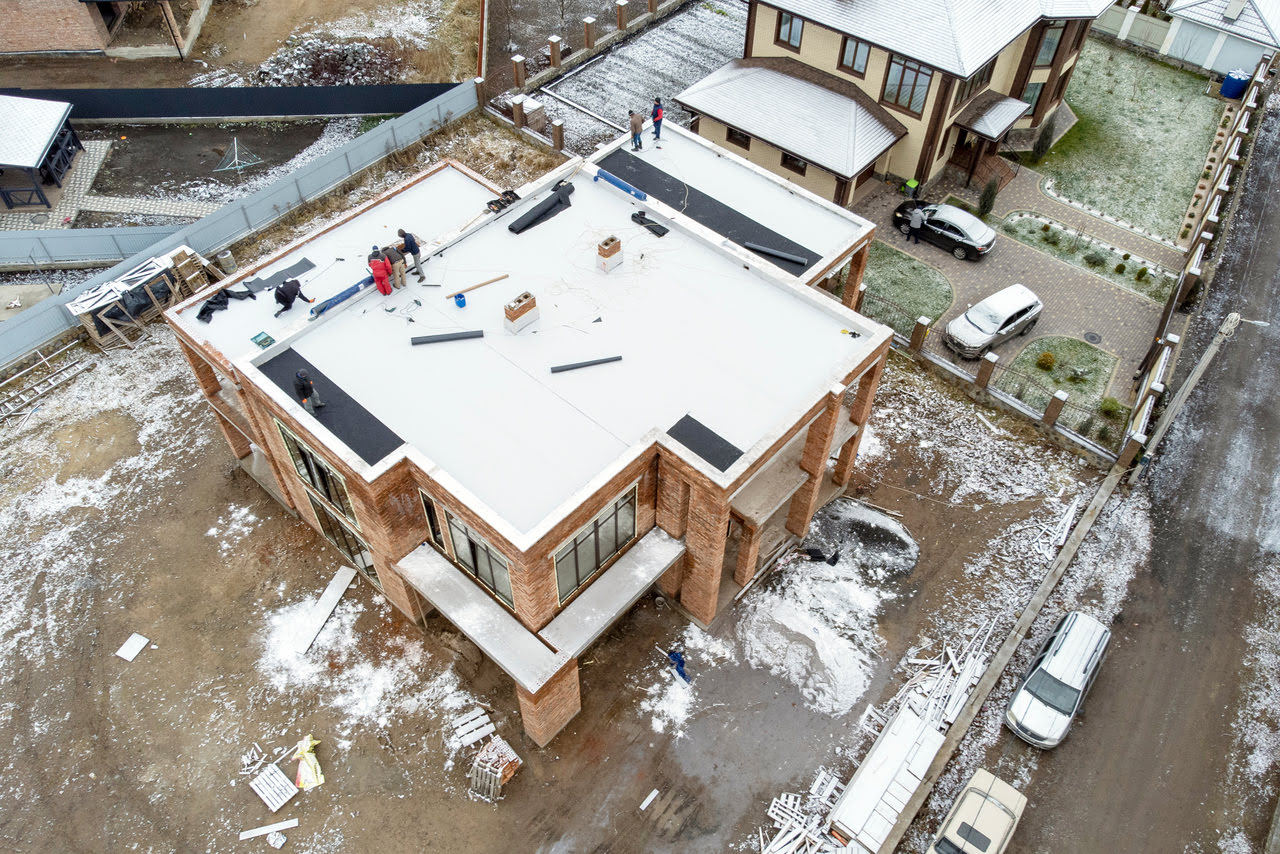


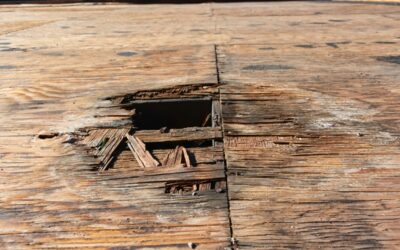
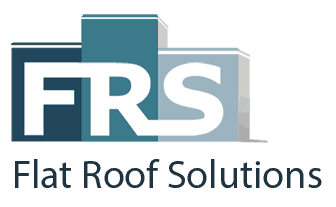


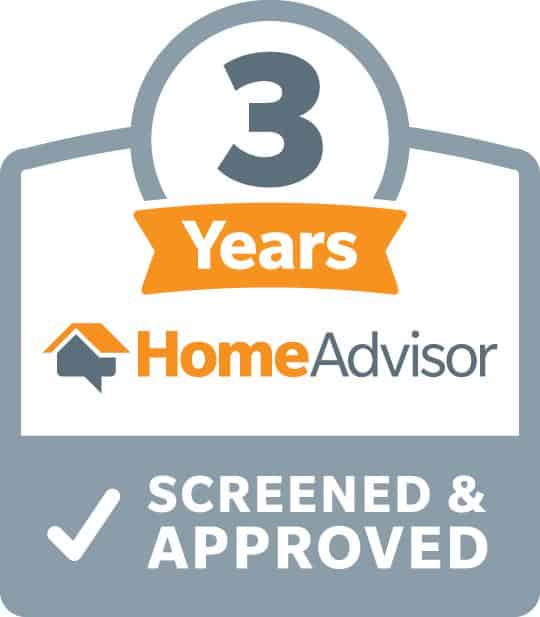
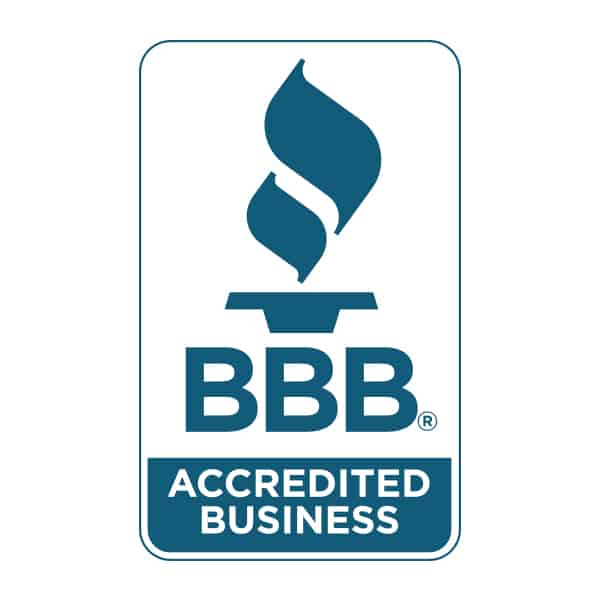

Add your first comment to this post